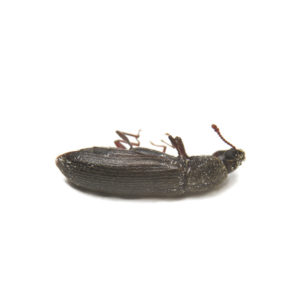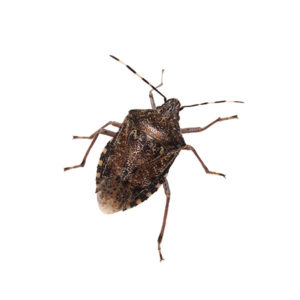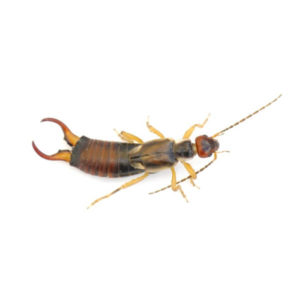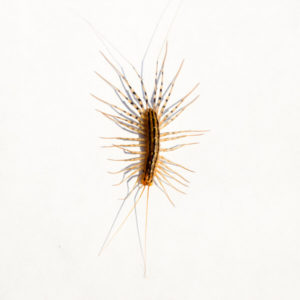Ladybugs in Salina
Ladybugs are prized by many gardeners due to their feeding on harmful insects, especially aphids and other sap feeders. A single ladybug may eat as many as 5,000 aphids in its lifetime. Many species of ladybugs are present throughout most parts of the United States. Despite their beneficial qualities, these beetles can also become a nuisance by invading homes in large numbers.
Ladybug Habitat
Ladybugs are adapted to many habitats including forests, grasslands, rivers, as well as cities and suburbs. These beetles mainly live in shrubs, trees, fields, gardens, and sometimes within homes. Ladybugs’ main source of food is aphids and they will often lay eggs in proximity to aphid colonies. Ladybugs hibernate in mass over the winter, usually in protected places like cracks in rocks, tree trunks, and buildings and homes.
Ladybug Behaviors, Threats, or Dangers
If you have a garden, ladybugs are beneficial insects to have around as they prey on aphids and other insects that can destroy crops. However, balance is key. In some areas, ladybugs multiply and become a nuisance. Ladybugs are overwintering insects and when one ladybug finds a suitable spot to hibernate, it produces a pheromone that attracts other ladybugs to the site. It is not uncommon to find dozens, if not hundreds of ladybugs overwintering together. Occasionally, this can happen indoors in houses or other structures. If you’re dealing with a ladybug infestation, contact your local pest control company.






